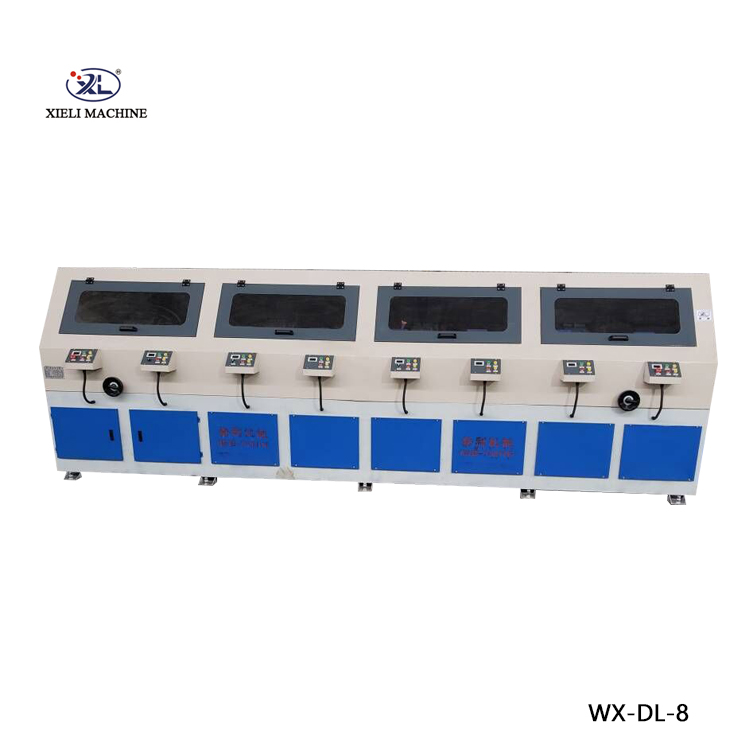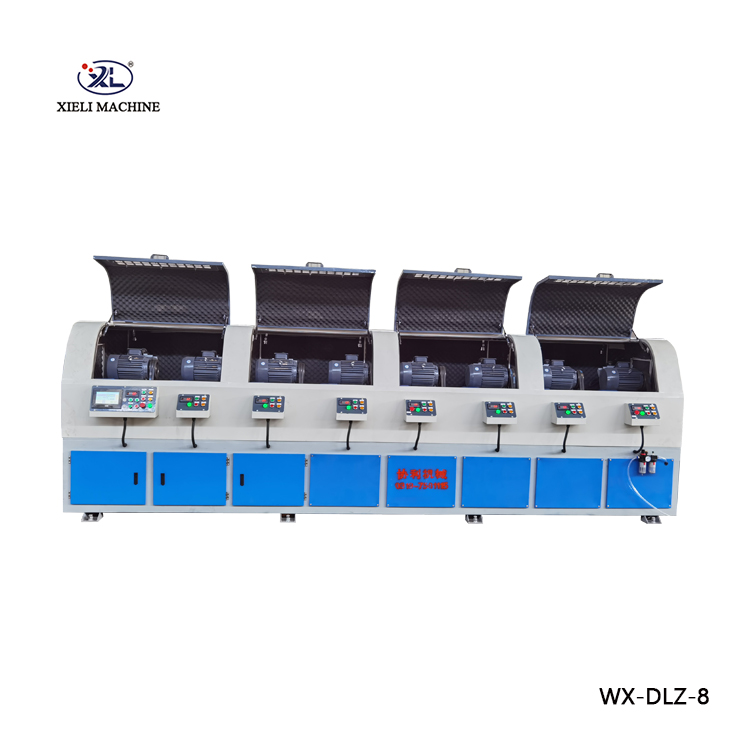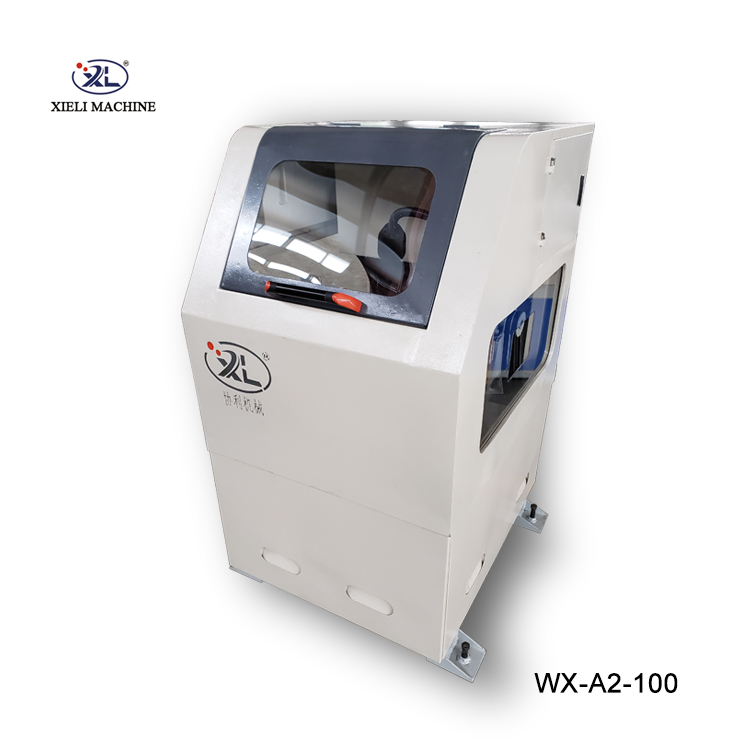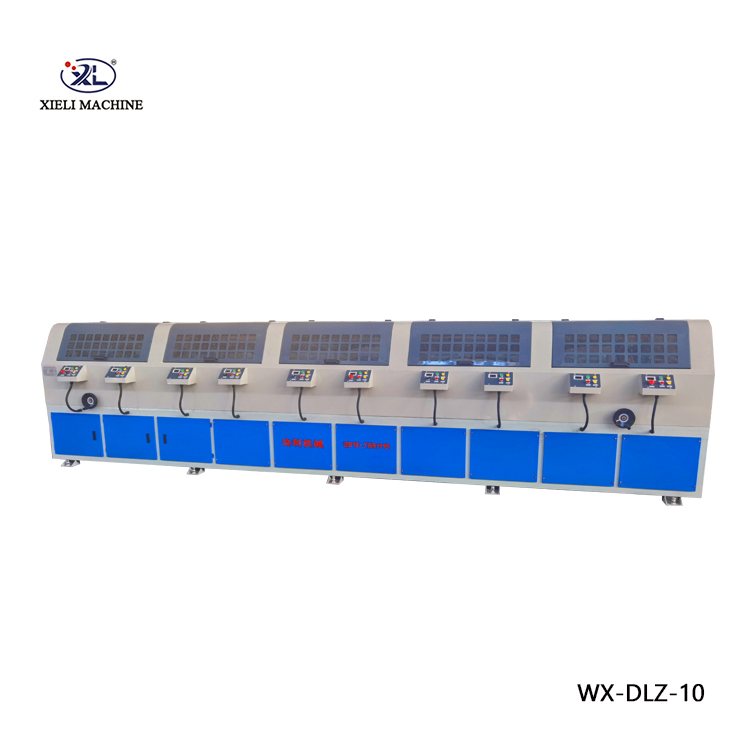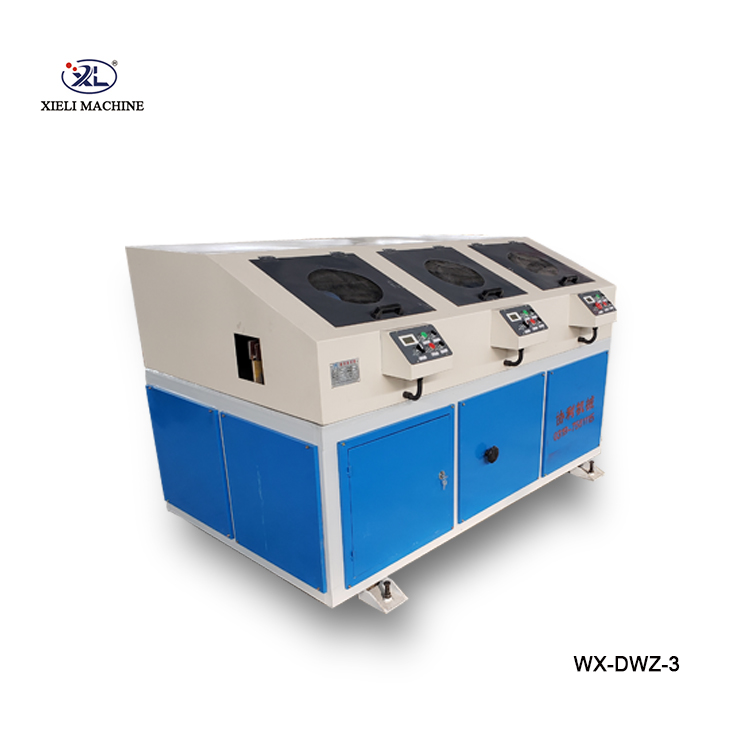In the world of modern industrial manufacturing, efficiency, finish quality, and repeatability are key metrics of operational success. Among the various metal processing applications, polishing plays a critical role—especially in sectors where stainless steel is a primary material. From architectural components to food-grade equipment and medical devices, the demand for polished stainless steel surfaces has never been higher. The evolution of polishing technology has shifted from manual labor to advanced automated solutions, empowering industries with consistent high-gloss finishes and unparalleled surface refinement.

Superior Productivity Through an Automatic Polishing Machine for Stainless Steel
The integration of an automatic polishing machine for stainless steel in production lines has revolutionized surface finishing. These machines automate the entire process, from initial grinding to the final polishing stage, drastically reducing labor costs and production time. Unlike manual polishing, which is highly operator-dependent and inconsistent, automated systems ensure uniform results regardless of batch size. The ability to pre-set polishing parameters such as pressure, rotation speed, and compound dosage offers control and repeatability, which are essential in high-volume industrial operations.
Industrial Benefits Amplified by an Automatic Stainless Steel Polishing Machine
In high-throughput environments, the automatic stainless steel polishing machine serves as a core component of productivity. These machines are engineered to handle various shapes—tubes, sheets, rods, and more—with remarkable adaptability. The incorporation of programmable logic controllers (PLCs) allows operators to customize cycles for different stainless steel grades and surface finish requirements. As industries increasingly shift toward lean manufacturing, these automatic machines help reduce waste, optimize energy consumption, and maintain consistent finish standards critical for export-grade products.
High-Gloss Perfection Achieved with Mirror Polishing Machine Integration
Precision industries like pharmaceuticals, food processing, and aerospace often demand a flawless, reflective surface, achieved using a mirror polishing machine. Unlike basic surface polishing tools, mirror polishers employ fine abrasives and specific buffing compounds tailored for ultra-smooth finishes. In an industrial context, mirror polishing not only enhances visual aesthetics but also improves corrosion resistance and surface cleanability. The application of a mirror finish to process tanks, elevator panels, and kitchen equipment, for instance, reflects a commitment to both hygiene and visual excellence.
Performance Enhanced by a Stainless Steel Mirror Polishing Machine in Production Lines
When it comes to finishing flat sheets or cylindrical parts, a stainless steel mirror polishing machine provides specialized capabilities that standard machines may lack. Designed for intensive industrial use, these machines feature heavy-duty frames, intelligent feedback systems, and temperature-controlled polishing heads. This ensures surface flatness and gloss uniformity even under continuous operation. The stainless steel mirror finish is a benchmark in industries where aesthetics and performance intersect—such as luxury architecture, automotive trim, and sanitary ware production.
Versatility Delivered by a Square Tube Polishing Machine in Fabrication Workflows
The demand for aesthetic and corrosion-resistant square tubes in furniture, railings, and machinery frames makes the square tube polishing machine indispensable in fabrication shops. These machines accommodate various tube dimensions and execute multi-pass operations with remarkable precision. Their adjustable rollers and modular design enable the polishing of square tubes with sharp edges, which are typically challenging for traditional methods. In automated lines, square tube polishers contribute to faster throughput, minimal human error, and a consistent satin or mirror finish, depending on operational requirements.
Integration Capabilities of Automated Polishing Systems in Smart Factories
Today’s automated polishing systems are compatible with Industry 4.0 frameworks. They can be integrated into smart factories via IoT connectivity, allowing real-time data monitoring, remote diagnostics, and predictive maintenance. This minimizes machine downtime and aligns production with just-in-time (JIT) models.
Customization Flexibility for Industrial Polishing Applications
A major advantage of using advanced polishing machines lies in their customization potential. Machine heads can be adjusted for different materials, abrasives switched for varying grain sizes, and cooling systems configured for specific operational cycles. This flexibility enhances the machine's lifespan and operational ROI.
Environmental Impact Reduction Through Advanced Polishing Technology
Modern polishing systems feature closed-loop coolant systems and dust extraction units, reducing the environmental impact typically associated with metal finishing processes. These eco-friendly innovations not only support regulatory compliance but also create safer working environments for operators.
Industrial Stainless Steel Polishing Machine FAQs
Q: What are the key differences between an automatic stainless steel polishing machine and a manual one?
A: Automatic machines offer precision, speed, and repeatability, while manual polishing relies heavily on operator skill and results in inconsistent finishes, higher labor costs, and longer processing times.
Q: How long does it take for an automatic polishing machine to process a standard stainless steel panel?
A: Depending on panel size and desired finish, typical cycle times range from 2 to 10 minutes. Automated machines can work continuously, boosting throughput without sacrificing quality.
Q: Can a mirror polishing machine be used for materials other than stainless steel?
A: While optimized for stainless steel, many mirror polishing machines can be adapted for aluminum, brass, or titanium, provided that appropriate polishing compounds and settings are used.
Q: What maintenance is required for a stainless steel mirror polishing machine?
A: Routine maintenance includes cleaning buffing heads, inspecting electrical connections, checking coolant levels, and replacing worn abrasives. Preventive care ensures consistent output and extends equipment life.
Q: How does a square tube polishing machine accommodate different sizes?
A: These machines feature adjustable guides and roller mechanisms that can be repositioned to match tube dimensions, making them suitable for a wide range of square and rectangular profiles.

